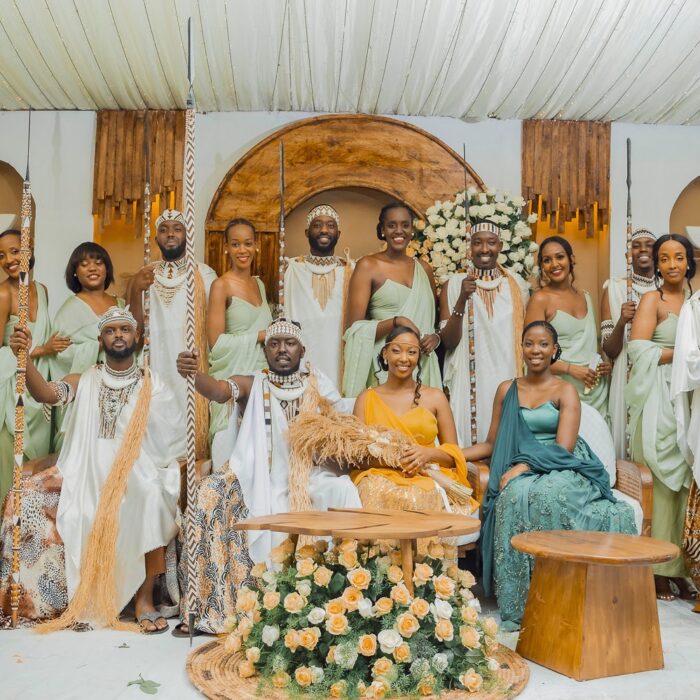Burundian traditional dress is a central element of Burundian identity and culture. They are not just clothes, but powerful symbols of the country's history and traditions. This article explores the traditional garments worn in Burundi, their cultural significance and their use in contemporary ceremonies.
Traditional women's clothing
Burundian women mainly wearimvutanoThe imvutano is a traditional dress characterized by simplicity and elegance. The imvutano is often composed of three pieces of light fabric, covering the body while enhancing the silhouette. These outfits are particularly popular at weddings and official ceremonies, where they symbolize pride and social status.
Traditional Men's Wear
For men, traditional dress for special occasions is often replaced by modern, elegant tailored suits. Although this trend is more modern, it reflects an adaptation of tradition to contemporary standards. Accessories, such as ties and high-quality shoes, complete the ensemble.
Traditional clothing in Burundi also includes garments made from tree bark, an ancient practice in many African cultures. This method involves using the bark of specific trees, often treated by beating and maceration to make it soft and suitable for use as fabric.
Materials and Manufacturing
Traditional garments are generally made from local materials such as cotton and silk. Burundian craftsmen use ancestral techniques to weave, embroider and decorate the garments, adding significant cultural and historical value to each piece. Bright colors and geometric patterns are frequently used to reflect Burundi's natural environment and culture.
Manufactured from tree bark
Making garments from tree bark is an artisanal process that begins with the selection of the appropriate bark, often that of the fig tree. After harvesting, the bark is separated from the rest of the wood, then beaten to soften the fibers. This treatment transforms the bark into a fabric-like material, ready to be dyed, sewn and decorated according to local traditions.
Contemporary use
Today, although the everyday use of these traditional outfits is less common, they remain a preferred choice for important events, reflecting a deep respect for tradition. Traditional dances and ceremonies are occasions when these outfits are particularly valued, enabling younger generations to connect with their heritage.
Advantages and disadvantages
Benefits
- Cultural preservationWearing traditional dress plays a crucial role in preserving Burundian customs and cultural identity.
- Local economyThe manufacture of these outfits supports local craftsmen and contributes to the traditional economy.
Disadvantages
- ModernizationGlobalization and modernization are leading to a decline in the everyday use of these outfits, which could threaten their survival in the long term.
- AccessibilityCost and access to traditional materials can be an obstacle for some craftsmen, limiting production and the diversity of outfits available.
Conclusion Burundian traditional dress is much more than just clothing. They are a window into the soul of Burundi, a link to the past and a bridge to the future. By valuing these traditions, Burundi not only preserves its heritage, but also teaches the values of respect and pride to its future generations.


No Title
They didi there best